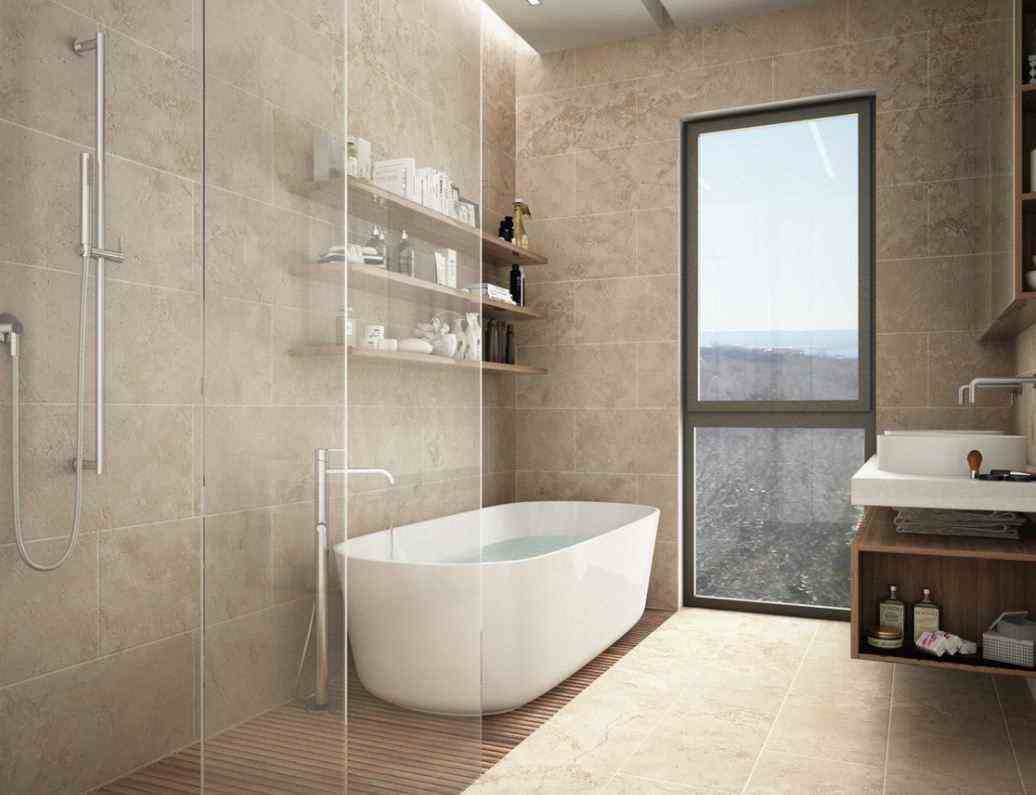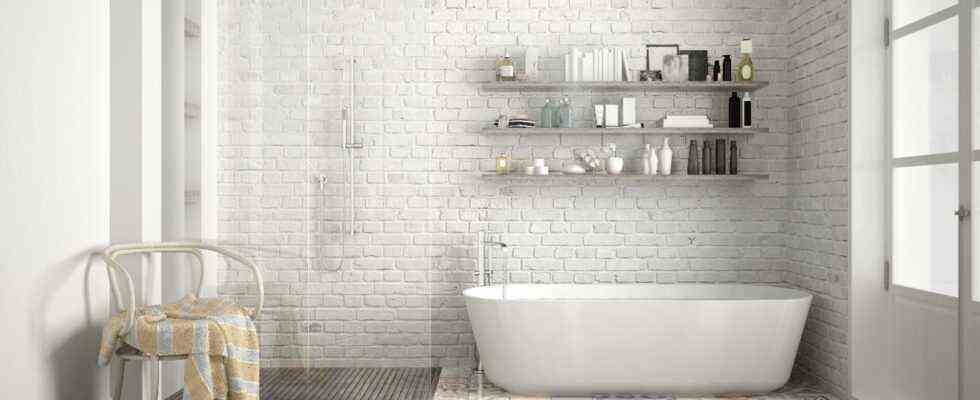The walk-in shower: a luxury or an element of comfort?
The walk-in shower is a dream for many French people. Unfortunately, it often requires major work, the housing is not suitable and therefore a significant budget. It is for this reason that this decree risks winning all the votes of the public. Indeed, as aesthetic as practical, this sanitary equipment is really popular.
Of course, the bathtub remains a possibility, but the bathroom should be designed to easily accommodate a walk-in shower whenever you want. From January 2021, this system will have to be present in individual houses in subdivision or dedicated to rental and apartments on the ground floor. The system will then be extended in July of the same year to all of the apartments served by a lift.
A long reflection of the government
The walk-in shower, thanks to its absence of rim, allows people with disabilities to enter the shower with their chair. It is also more functional for the able-bodied elderly who are no longer at risk of tripping when getting out or entering the shower. The objective is therefore clearly to make the bathroom accessible to all.
For many months, the Ministry of Housing and the Interministerial Committee for Handicap worked hand in hand to find a solution to this problem. A fundamental measure for the Minister of Housing at the time, Julien Denormandie. It is a way of encouraging home care for the elderly or people with reduced mobility.
The goal is to be able to make access to the walk-in shower easier. Whether at the time of construction or later, extremely simple and quick work will suffice to install it. The principle is based on the fact of putting a floor drain on which a bathtub can be connected directly. Of course, the shower will also be drained. A very important clarification: it is well notified that the accessible shower area does not include any projection.
A house that is built by private owners to live in is not subject to this obligation.

Professionals on the reserve
Industry professionals are skeptical for several reasons:
- They are particularly worried about the additional cost that this work will entail. Indeed, in this installation, it is necessary to make a floating screed of 7 to 10 cm of concrete, a specific floor drain and a total sealing of the room.
- On the other hand, most plans will have to be reviewed and corrected because of the volume of electrical safety required, and difficult to set up, in the context of small-area washrooms. As a result, sockets can no longer be installed for the hair dryer, washing machine, etc. In some cases the safety perimeter required by the Italian shower corresponds to the total area of the room.
- Finally, the last argument linked to this decree comes from insurers who point out that disputes relating to water damage and infiltration would increase with this installation.
The Construction Quality Agency in an observation notebook dating from June 2019 showed a real progression of disorders related to sanitary equipment. In fact, poor workmanship fell from 1% during the period between 1995 and 2005, to 6%, between 2016 and 2018. She suggests that this problem could be linked to a greater presence of walk-in showers presenting at level of connections with the walls, leaks. This is what Catherine Labat, construction expert at Neoxa, says.

